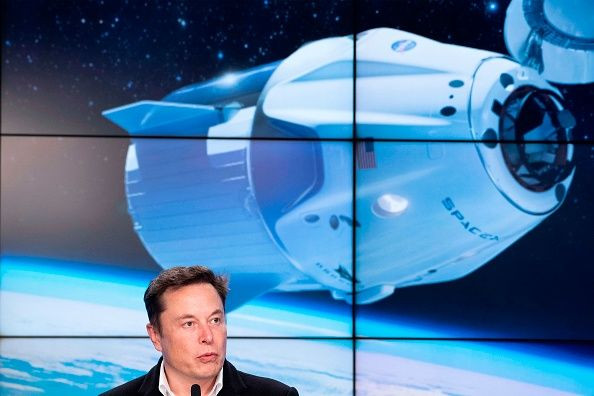SpaceX Crew Dragon Explosion Update: Why Did The Spacecraft Blow Up?

It’s been five days since the SpaceX’s passenger vehicle, the Crew Dragon, exploded during the Dragon Super Draco Static Fire Test and space engineers continue to be baffled on what caused it.
According to The Verge, it’s still too early to pinpoint the cause of the explosion and Elon Musk’s space company still doesn’t know if it will affect the initial schedule of Crew Dragon’s next major launch. The second demo launch could already bring human passengers onboard.
SpaceX is already looking hard at trying to find the reason why the Crew Dragon experienced the mishap. But what could have caused the explosion? According to the report, the Crew Dragon blew up while SpaceX was firing up engines embedded within the spacecraft.
The capsule, which had a successful first launch to the International Space Station early this year, is equipped with eight small thrusters known as SuperDraco engines, which are intended to play an important role in case of glitches during space flights.
The thrusters were intended to bring the Crew Dragon away from danger should the SpaceX rocket (either the Falcon 9 or the Starship) encounters a fatal malfunction.
During the test last weekend, however, while conducting tests of the engines at the company’s landing pad at Cape Canaveral the engines ignited.
The explosion was captured by NASA’s Aerospace Safety Advisory Panel (ASAP) and a video was uploaded on Twitter which has now been deleted. Those who saw the video showed the Crew Dragon capsule engulfed in smoke. The engines were held down during the test, so it doesn’t actually “launch.”
The NASA department said that despite what happened it should be noted that SpaceX followed all safety protocols and that no injuries were incurred.
“NASA and SpaceX immediately executed mishap plans per the agency and the company’s guidelines, and SpaceX is leading the investigation, with active NASA participation. The investigation will take time before the root cause analysis is completed,” Patricia Sanders, ASAP chair, said during a meeting.
Both agencies are now focusing on salvaging materials, gathering data and creating the timeline leading to the event to know exactly what went wrong.
Even before the first successful demo of Crew Dragon, Musk already had an inkling that the capsule could be destroyed during static testing. The accident could have been necessary to ensure that no such event will happen once the human passengers finally get a ride on the Crew Dragon.
© Copyright IBTimes 2024. All rights reserved.





















